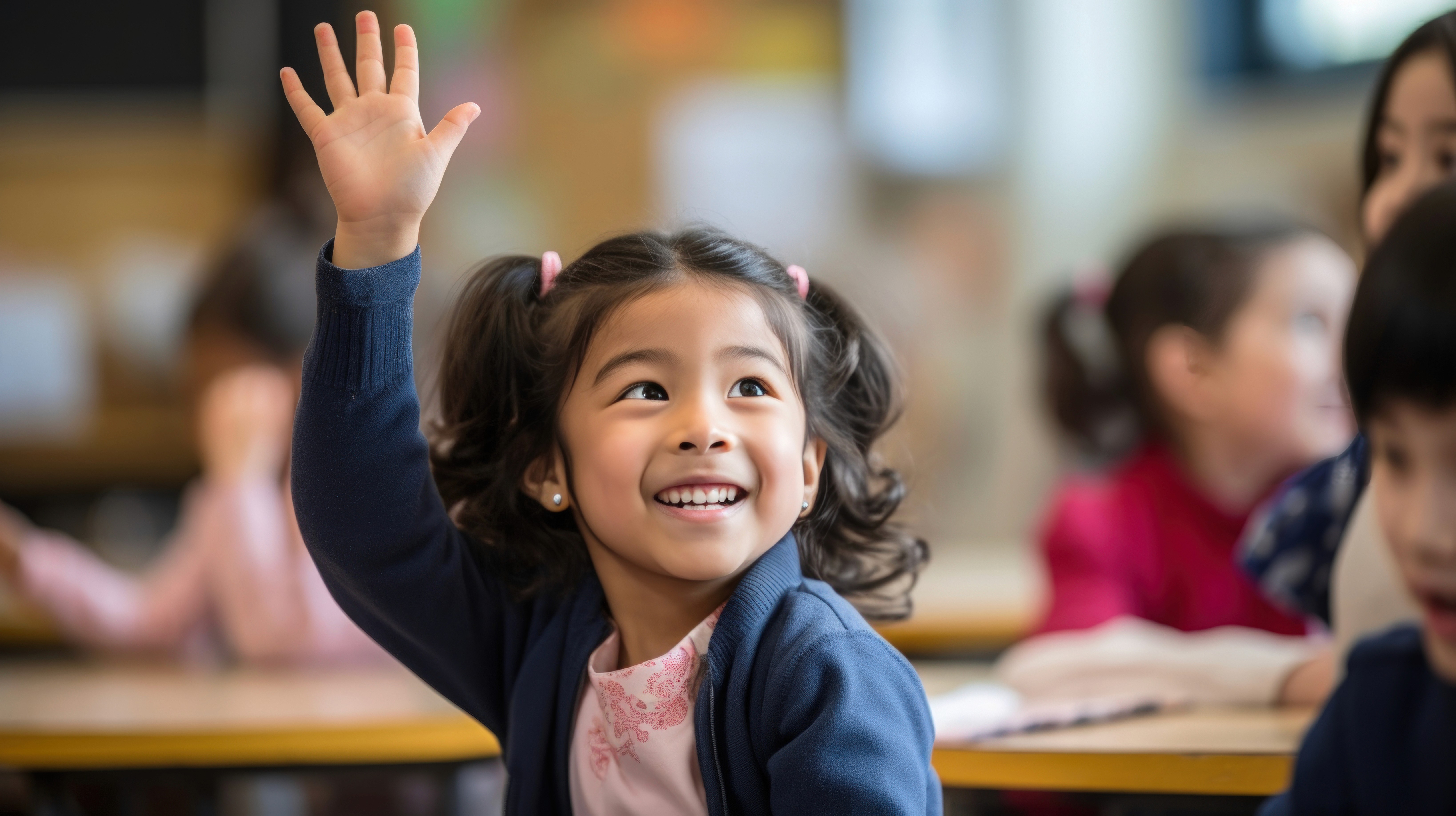Home
The History and Evolution of Montessori Education
The essential guide for turning a business idea into a successful venture.
Written By

Za Sait
Date
11 Mar 2024
Category
Parenting Guides
Length

Origins of Montessori Education
The Founder: Dr. Maria Montessori
Born in 1870 in Italy, Dr. Maria Montessori was one of the first female physicians in her country. Her background in medicine, psychology, and anthropology led her to observe children’s natural behaviors, which became the foundation of her educational philosophy.
The Casa dei Bambini (1907)
Montessori’s journey in education began when she opened the first Casa dei Bambini (Children’s House) in 1907 in San Lorenzo, a poor district in Rome. Here, she worked with underprivileged children, providing a prepared environment with materials designed to meet their developmental needs. The success of the Casa dei Bambini demonstrated the profound potential of her method, as children displayed remarkable focus, independence, and a love for learning.
Key Milestones in the Development of Montessori Education
Global Recognition (1910s-1920s)
By the early 1910s, Montessori’s methods gained international attention. She began training teachers and publishing books, including The Montessori Method (1912), which was translated into multiple languages. Montessori schools were established across Europe, the United States, and Asia.
Challenges and Adaptations (1930s-1940s)
Political and cultural shifts during the 1930s and 1940s affected the spread of Montessori education. In Italy, Montessori’s work faced resistance under Mussolini’s regime, leading her to leave the country. Despite these challenges, Montessori continued her work in exile, training teachers in India and refining her philosophy to include Cosmic Education, which emphasizes interconnectedness and the universe’s role in human development.
The Post-War Era and Expansion (1950s-1970s)
After World War II, Montessori education experienced a resurgence. Montessori societies and teacher training programs expanded globally. The Association Montessori Internationale (AMI), established by Maria Montessori in 1929, played a crucial role in preserving and promoting her methods.
The Montessori Renaissance (1980s-Present)
The late 20th and early 21st centuries saw a renewed interest in Montessori education. Research in child development and neuroscience validated Montessori’s observations, highlighting the importance of early childhood experiences. Today, Montessori schools are found on every continent, serving children from infancy to adolescence.
Evolution of Montessori Education
Adaptation to Cultural Contexts
While the core principles of Montessori education remain unchanged, schools have adapted to local cultures and educational requirements. Materials and practices have been tailored to reflect regional traditions and values while maintaining fidelity to Montessori’s philosophy.
Expansion to Diverse Age Groups
Originally focused on early childhood, Montessori education now includes programs for infants (Nido), toddlers, elementary-age children, and adolescents. Each stage builds on the principles of independence, exploration, and holistic development.
Integration with Modern Technology
Some Montessori schools have integrated technology into the classroom, ensuring children are prepared for the digital age while maintaining hands-on, experiential learning as the foundation.
Legacy and Impact
Dr. Maria Montessori’s vision continues to inspire educators, parents, and policymakers worldwide. Her methods are applied not only in schools but also in parenting practices and special education programs. Montessori’s work has transformed how we understand children’s potential and the role of education in fostering lifelong curiosity and growth.
Conclusion
From its humble beginnings in a Roman slum to a global educational movement, Montessori education has evolved while staying true to its core principles. Its enduring success lies in its ability to meet the needs of children across generations, cultures, and contexts, offering a timeless approach to unlocking human potential.




